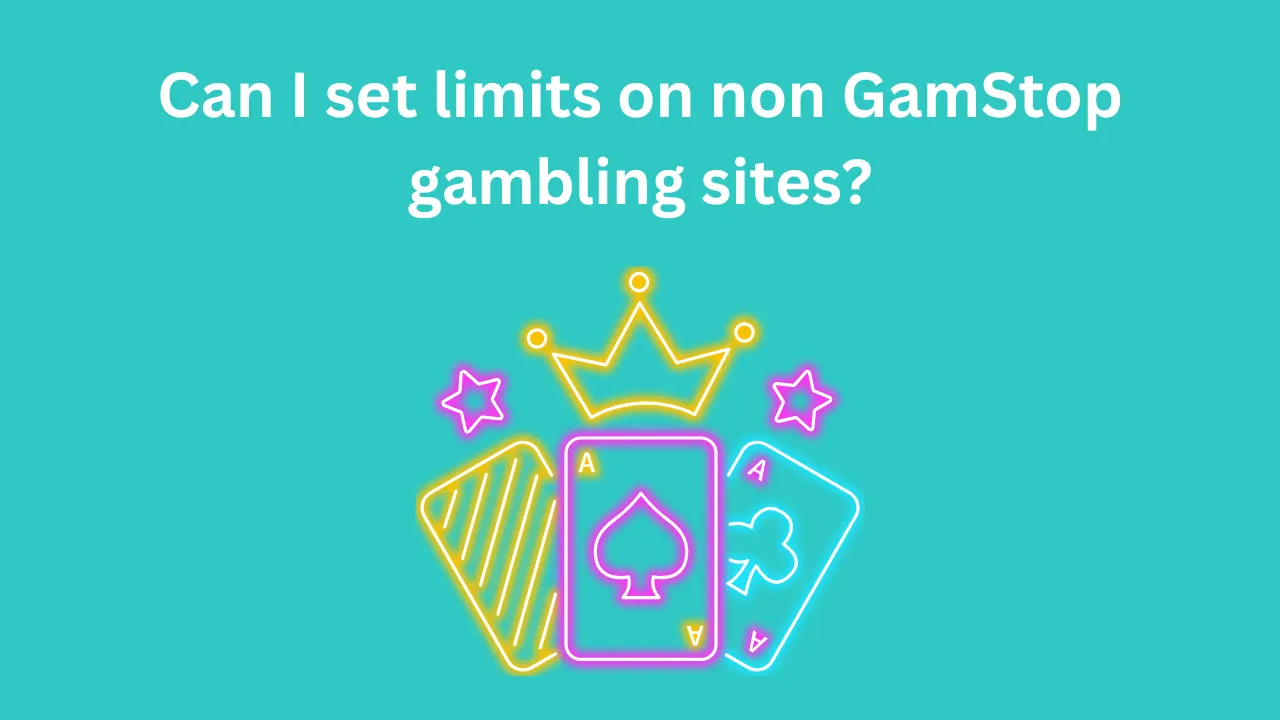Assess Your Bankroll and Set Clear Limits
Choosing the perfect slot game starts with understanding your own financial boundaries. Before you ever spin a reel, decide how much you can comfortably afford to lose. Whether you’ve budgeted £20 for an evening’s play or a few hundred for a longer session, setting clear loss limits prevents games from spiraling out of control. In my years of playing, I’ve found that a strict self-imposed cap—say, 30% of my overall budget per session—helps me maintain a healthy balance between entertainment and responsible spending. It’s also wise to establish a win limit, so when luck turns in your favor, you lock in profits rather than wind up giving them back.
Understand Bet Sizes, Paylines, and Volatility
Once your bankroll parameters are set, it’s time to dive into game mechanics. Slots differ greatly in minimum and maximum bet sizes, number of paylines, and volatility (variance). Some modern video slots let you wager as little as £0.10 per spin across 1–10 paylines, while others demand £5 or more per spin on dozens of lines. Matching your bet size to your budget is crucial: if you’ve only got £50 to play, a game with £2 minimum bets on 25 paylines isn’t sustainable. Similarly, higher-volatility slots may offer life-changing jackpots but come with infrequent payouts, so they require a more substantial bankroll. For a balanced approach—small bets, mid-range volatility—I often turn to credit card casinos uk when I want flexible deposit options and fast access to funds without compromising my budget strategy.
Compare RTP Percentages and Feature Frequency
Not all slots are created equal when it comes to returns. The return-to-player (RTP) percentage indicates the average amount a game pays back over thousands of spins. While many slots advertise RTPs between 94% and 97%, subtle differences can add up. More importantly, check how much of that RTP derives from base-game wins versus bonus features like free spins or multipliers. Some titles boast generous RTPs but hide most of the payout in rare, high-variance rounds. As a practical tip, visit review sites like The Stool Pigeon for in-depth analyses and updated RTP comparisons—especially helpful when deciding between similar games with nearly identical mechanics.
Evaluate Bonus Features and Their Costs
Beyond RTP, the nature and cost of bonus rounds can sway your decision. Pay attention to how often free spins trigger, whether multipliers stack, and if there’s a buy-feature option that lets you pay directly for a bonus round. These mechanics can dramatically affect your session’s dynamics. Early in my gambling journey, I learned the hard way that buying into a bonus at £50 might never pay off unless the round’s average return justifies the upfront cost. Now, I weigh average bonus frequency and average bonus return estimates—often provided in game reviews—before committing.
Look for Budget-Friendly Spin Mechanics
Certain game providers specialize in budget-friendly options. For example, some offer adjustable paylines where you only activate as many lines as your bankroll allows. Others feature “bet boosters” that enhance win potential at a slight extra cost. Smaller bet increments—like £0.05 spins—can stretch limited budgets into longer sessions without sacrificing excitement. Personally, when I’m in a tight-pocket mood, I seek out titles from pragmatic developers whose base-game payouts are respectable even without triggering the flashiest bonuses.
Leverage Promotions and Loyalty Schemes
Maximizing your budget often comes down to clever use of casino promotions and loyalty programs. Welcome bonuses, free-spin offers, and cashback schemes can significantly boost your available funds. Just read the terms: wagering requirements, maximum bet caps, and eligible games vary widely. A 100% match bonus up to £200 might initially double your spendable balance, but if it carries a x40 wagering requirement on high-variance slots, you may struggle to clear it. I balance my play between slot machines that contribute 100% toward requirements and those that offer medium-volatility bonus features so I can satisfy terms without draining my bonus funds.
Test with Free Play Modes First
Most online casinos let you try demo versions of slots without risking real money. Use these free-play modes to gauge how a game feels—whether its variance suits your style, if the bonus triggers often enough, and how quickly your playtime might deplete a small bankroll. Developing a personal “trial checklist” helps: note average spins between bonus activations, size of typical base-game payouts, and any particularly compelling feature animations or sounds that enhance enjoyment. Armed with firsthand data, you’ll make more confident budget-aligned choices when real stakes enter the picture.
Track Your Performance and Adjust
Keeping a simple log of your slot sessions can uncover patterns that refine future selections. Record bet sizes, spins played, wins achieved, and time spent. Over weeks, you might notice that certain game types—say, Megaways titles with high volatility—drain your small bankroll too quickly, while classic three-reel slots with low variance stretch your budget further. I use a basic notepad or spreadsheet to tally sessions; reflecting on this data reminds me what works and what doesn’t, so I can continuously tailor my game choices to my budget.
Wrapping Up: Crafting a Sustainable Playing Plan
Selecting the right slot game for your budget isn’t guesswork; it’s a blend of self-awareness, research, and strategic testing. By setting clear bankroll limits, evaluating RTPs and volatility, leveraging bonuses wisely, and tracking your own play data, you create a sustainable approach that maximizes entertainment and controls financial risk. Whether you’re funding sessions with larger deposits or sticking to micro-bets, these steps will guide you toward slot titles that deliver both excitement and longevity—without blowing your budget in one falling cascade of reels.








